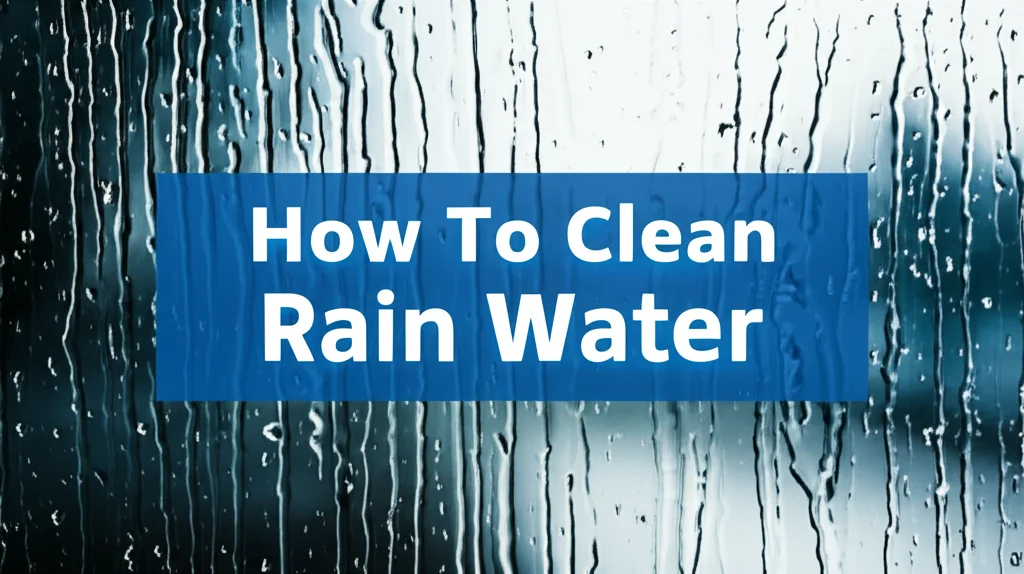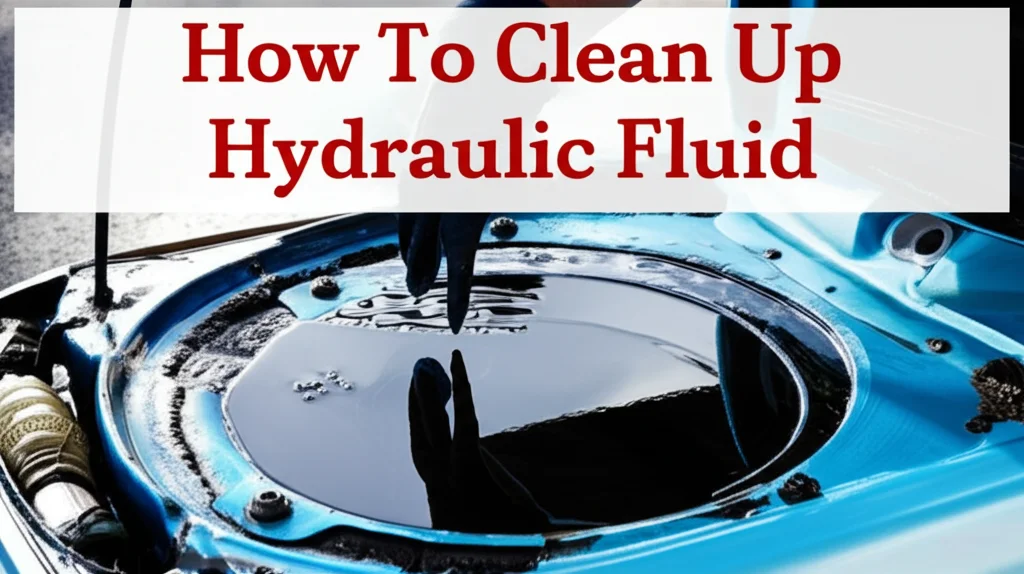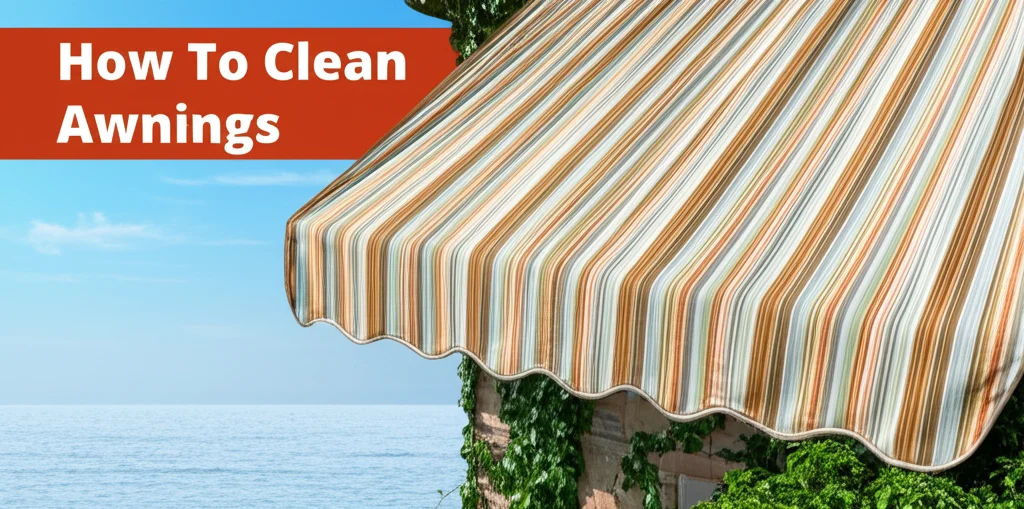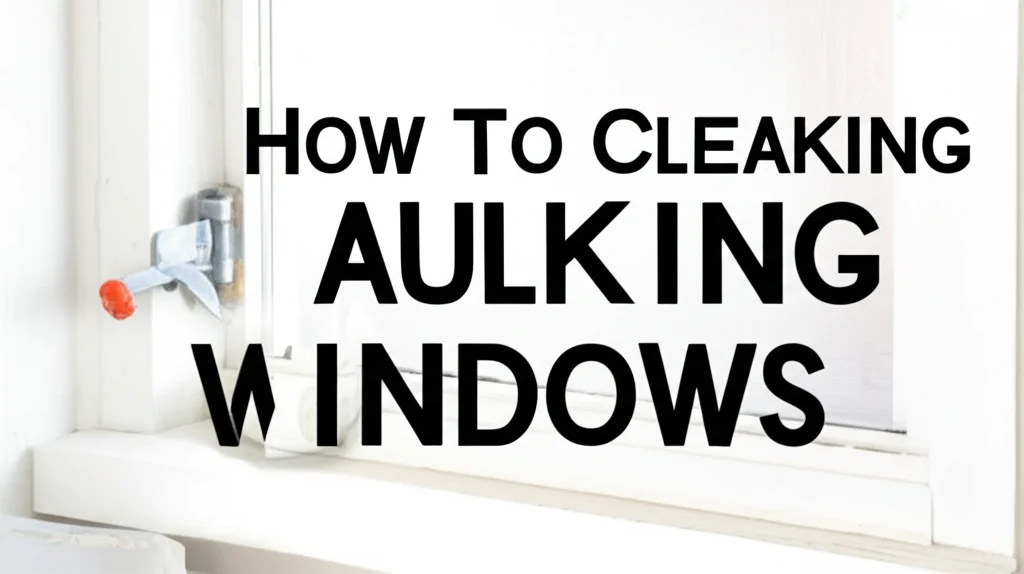· Home & Garden · 6 min read
How To Clean Mildew Off Canvas Awning

How To Clean Mildew Off Canvas Awning
Is your once vibrant canvas awning looking a little green and dingy? Mildew is a common problem for outdoor fabrics, but don’t worry – you can restore your awning to its former glory. Cleaning mildew off a canvas awning requires a gentle yet effective approach. This article will guide you through the process, offering practical tips and solutions to safely remove mildew and prevent its return. We’ll cover everything from identifying mildew to choosing the right cleaning solutions and techniques.
Here’s a quick answer: To clean mildew off a canvas awning, gently brush off loose mildew, then mix a solution of mild soap (like dish soap) and water. Apply with a soft brush, scrub lightly, and rinse thoroughly. For stubborn mildew, a diluted bleach solution (10% bleach to 90% water) can be used cautiously, followed by a thorough rinse.
Key Takeaways:
- Regular cleaning prevents mildew buildup.
- Mild soap and water are often sufficient for light mildew.
- Bleach should be used as a last resort and with extreme caution.
- Thorough drying is crucial to prevent mildew from returning.
Understanding Mildew on Canvas Awnings
Mildew isn’t just unsightly; it can also damage your canvas awning over time. It thrives in damp, shady conditions, making awnings a prime target. Understanding what causes mildew helps you prevent it. Mildew is a surface fungus that grows on organic materials, like canvas, when moisture is present. It appears as a greyish-white or greenish coating and often has a musty odor.
Here’s what you need to know:
- What causes it? Prolonged exposure to moisture, poor air circulation, and organic debris (like leaves and bird droppings) create the perfect environment for mildew growth.
- Is it different from mold? While often used interchangeably, mold is a more deeply rooted fungus that can penetrate the fabric. Mildew is typically surface-level.
- Why is it important to remove it? Left untreated, mildew can weaken the canvas fibers, leading to tears and a shorter lifespan for your awning. It can also cause health issues for those sensitive to fungal spores.
Gathering Your Cleaning Supplies
Before you start, having the right tools and supplies will make the job much easier and more effective. You don’t need a lot, but choosing the right items is important for protecting your awning. Here’s a checklist of what you’ll need:
- Soft-bristled brush: A brush with soft bristles is essential for scrubbing without damaging the canvas.
- Bucket: For mixing your cleaning solution.
- Mild dish soap: A gentle cleanser that effectively lifts dirt and mildew.
- Bleach (optional): For stubborn mildew, but use with caution (see safety guidelines below).
- Garden hose with a spray nozzle: For rinsing the awning thoroughly.
- Protective gear: Gloves and eye protection are crucial, especially when using bleach.
- Canvas protectant (optional): To help prevent future mildew growth.
- Clean rags or sponges: For wiping down the awning.
Step-by-Step: Cleaning Mildew Off Your Awning
Now that you have your supplies, let’s get to cleaning! This process is designed to be thorough yet gentle on your canvas. Follow these steps for the best results.
- Preparation: Extend the awning fully and protect the area below with drop cloths to catch any drips.
- Dry Brush: Gently brush off any loose mildew and debris with the soft-bristled brush. This removes the surface layer and prevents spreading it around during washing.
- Mild Soap Solution: Mix a small amount of mild dish soap with warm water in your bucket.
- Apply and Scrub: Dip the brush into the soapy water and gently scrub the affected areas. Work in sections, using circular motions. Avoid harsh scrubbing, which can damage the canvas.
- Rinse Thoroughly: Use the garden hose to rinse the awning completely, ensuring all soap residue is removed. Soap left behind can attract dirt and encourage mildew growth.
- Inspect and Repeat: Check for any remaining mildew. If necessary, repeat steps 4 and 5.
Tackling Stubborn Mildew with Bleach (Use with Caution!)
If mild soap and water aren’t enough, a diluted bleach solution can be used, but only as a last resort. Bleach can damage the canvas if used improperly. Always test the solution in an inconspicuous area first to ensure it doesn’t discolor the fabric.
- Dilution is Key: Mix 1 part bleach with 9 parts water. Never use undiluted bleach.
- Application: Apply the bleach solution to the mildewed areas with a sponge or spray bottle.
- Short Contact Time: Let the solution sit for no more than 5-10 minutes.
- Thorough Rinse: Rinse the awning extremely thoroughly with the garden hose to remove all traces of bleach. Residual bleach can weaken the canvas.
- Safety First: Wear gloves and eye protection when working with bleach. Avoid contact with skin and clothing. Work in a well-ventilated area. Consider using a respirator. You can find more information on safe cleaning practices at https://www.beacleaner.com/how-to-remove-mold-from-painted-walls/.
Preventing Mildew from Returning
Cleaning mildew is only half the battle. Preventing it from coming back is just as important. Here are some tips to keep your canvas awning mildew-free:
- Regular Cleaning: Clean your awning at least twice a year, or more often if you live in a humid climate.
- Proper Ventilation: Retract the awning during periods of prolonged rain or high humidity. This allows the canvas to dry completely.
- Air Circulation: Ensure good air circulation around the awning. Trim any nearby trees or shrubs that may be blocking airflow.
- Canvas Protectant: Apply a canvas protectant spray after cleaning. These sprays create a barrier that repels water and inhibits mildew growth.
- Promptly Remove Debris: Regularly remove leaves, bird droppings, and other organic debris from the awning.
- Store Properly: If you remove the awning for the winter, store it in a dry, well-ventilated area.
Frequently Asked Questions (FAQs)
- Can I use a pressure washer to clean my canvas awning? No, a pressure washer can damage the canvas fibers. Use a soft brush and gentle scrubbing instead.
- What’s the best way to dry a canvas awning after cleaning? Allow the awning to air dry completely. Avoid using a heat gun or hairdryer, as this can shrink or damage the canvas.
- Will vinegar kill mildew on a canvas awning? While vinegar has some antifungal properties, it’s not as effective as soap and water or a diluted bleach solution for removing established mildew.
- How often should I apply a canvas protectant? Follow the manufacturer’s instructions on the protectant spray, but generally, reapply every 6-12 months.
- Is there a way to tell if my awning is too damaged by mildew? If the canvas is severely weakened, torn, or discolored despite cleaning, it may be time to replace it.
Conclusion
Cleaning mildew off a canvas awning doesn’t have to be a daunting task. By following these steps and taking preventative measures, you can keep your awning looking its best for years to come. Remember to prioritize gentle cleaning methods and use bleach only as a last resort. Regular maintenance and proper care will protect your investment and ensure your awning continues to provide shade and enjoyment for seasons to come. Don’t let mildew ruin your outdoor space – take action today to restore and protect your canvas awning! If you’re looking for more cleaning tips, check out https://www.beacleaner.com/how-to-clean-floor-grout-without-scrubbing/ for advice on tackling other tough cleaning challenges.




